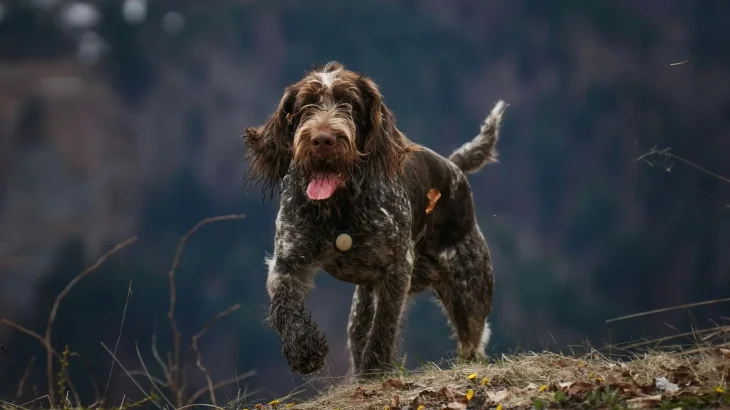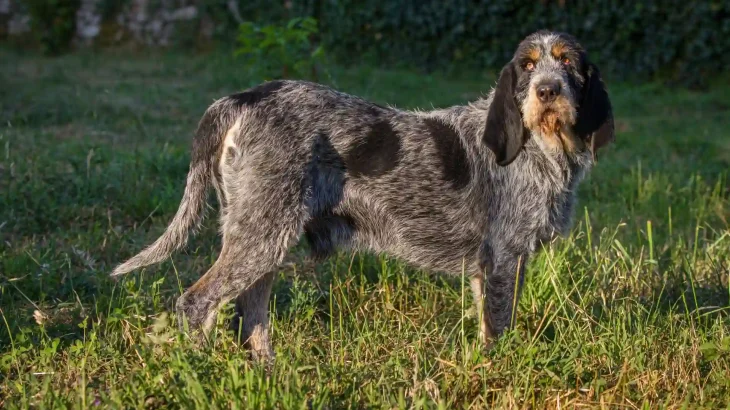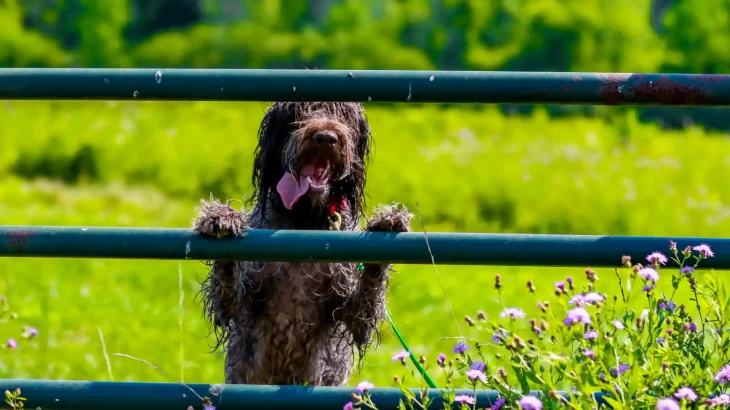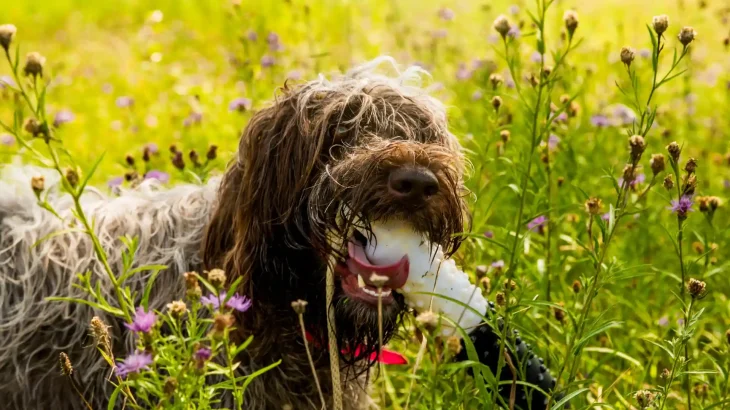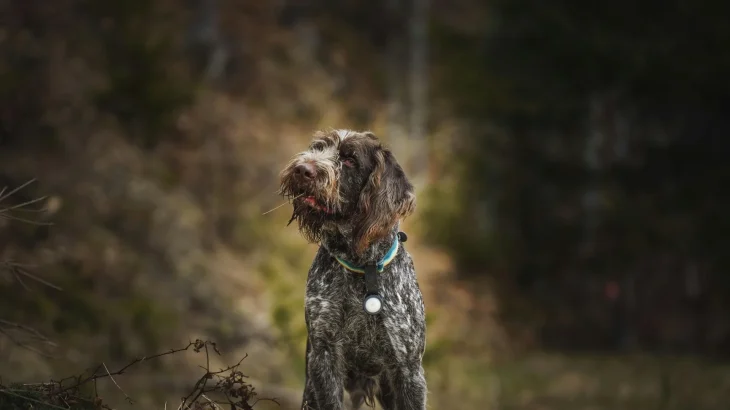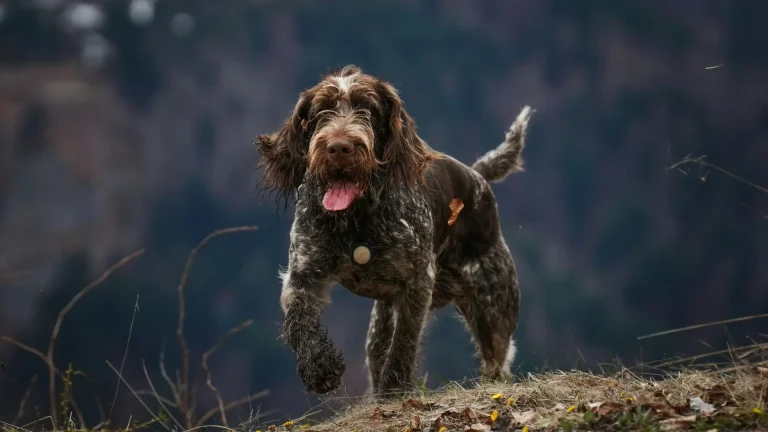Deciding whether to adopt or buy a Wirehaired Pointing Griffon puppy depends on what you value most—whether that's the certainty of lineage and health or the chance to rescue a dog in need. Each option offers unique benefits, from confirmed pedigree and breeder support to giving a loving home to a dog who might otherwise remain homeless.
Adoption vs. Breeder: Pros & Cons
| Criteria | Buying from Breeder | Adopting from Shelter/Rescue |
|---|---|---|
| Cost | Typically higher, often ranging from $1,000 to $2,500 due to purebred status and breeding expenses. | Generally lower adoption fees, commonly between $100 and $400, which may include initial veterinary care. |
| Health History | Comprehensive health screenings and detailed genetic history usually provided. | Health background may be limited or unknown, but many rescues provide basic health assessments and care. |
| Age Availability | Usually available as puppies, allowing tailored upbringing from an early age. | Available dogs range widely in age, including adults and seniors, offering more options. |
| Temperament Insight | Breeders can share knowledge of lineage temperament and socialization. | Rescue groups and shelter staff often observe and report behavior, but past experiences may be unknown. |
| Supporting Practices | Supports responsibly managed breeding programs; important to choose ethical breeders to avoid puppy mills. | Helps reduce shelter overpopulation and gives dogs a second chance at a happy life. |
| Breed Purity & Pedigree | Guarantees purebred status with pedigree documentation. | Breed purity often uncertain; mixed breeds or unknown parentage common. |

